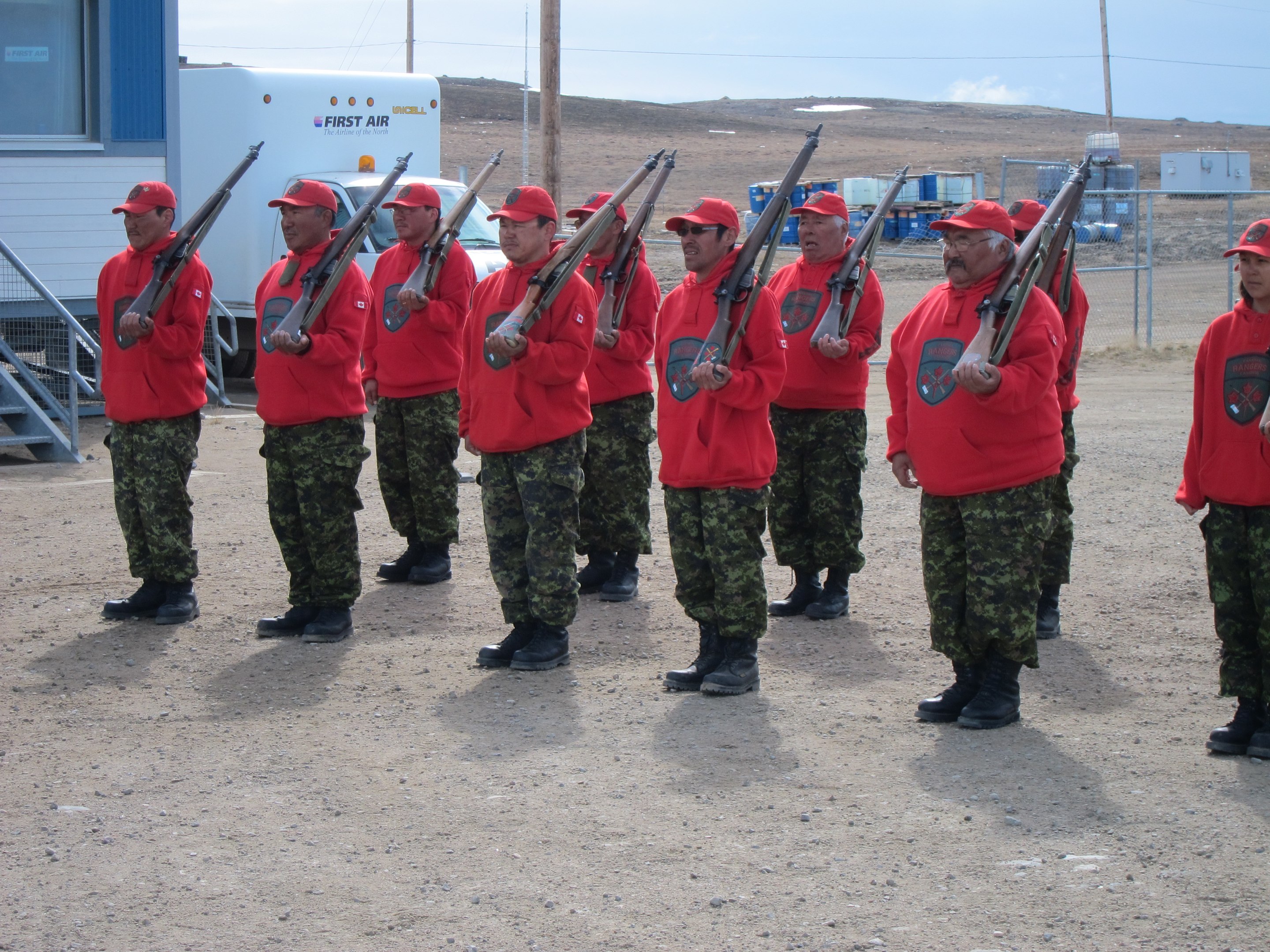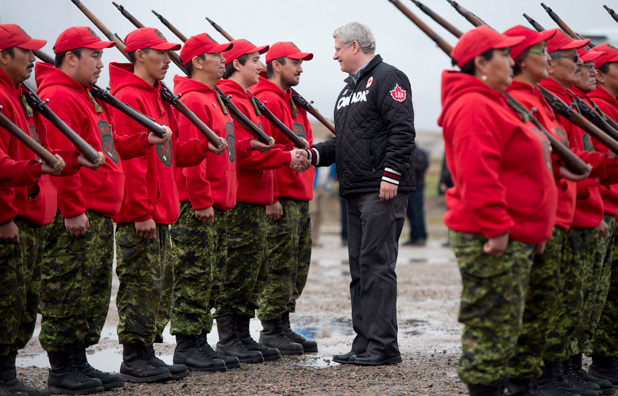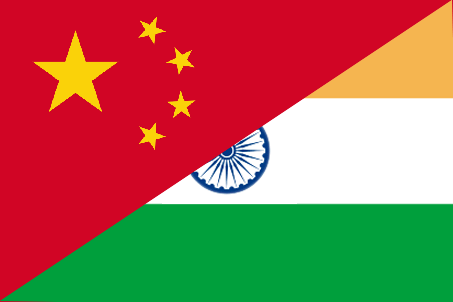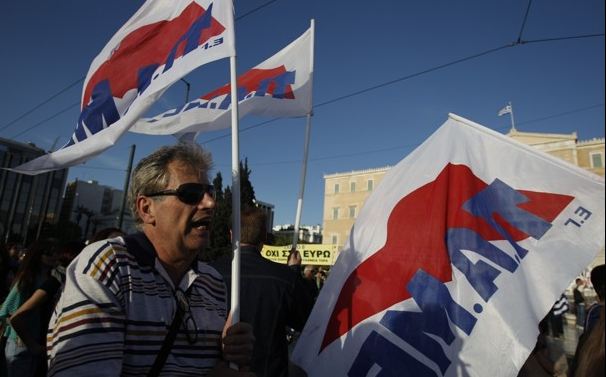The Canadian Rangers, though little known to most Canadians, constitute an important pillar of the country’s defence. Standing guard over Canada’s northern communities since 1947, the Rangers are a militia comprised of approximately 5,000 members. Of every ten soldiers in the Canadian Armed Forces, one is a Canadian Ranger. The majority of Rangers are also First Nations, Métis or Inuit, creating economic opportunities in even Canada’s most remote communities.
This branch of the Canadian Army has finally begun to receive the attention it deserves. Since this branch was first formed, Rangers have been equipped with the .303 Lee Enfield, a bolt-action, magazine-fed repeating rifle, introduced for the British Army in 1895. Given the harsh cold experienced in many of the areas in which Canadian Rangers operate, the Lee Enfield was one of the few weapons that could be relied on not to freeze, jam or otherwise fail on the soldier. Nevertheless, the rifles were beginning to show the wear and tear that comes with almost 70 years of use, and in many cases, replacement parts were becoming difficult for Canada’s Department of National Defence to obtain.
 In mid-2014, it was announced that 6,500 rifles would be obtained for the Canadian Rangers, totally replacing the Lee Enfield. After an open competition, the SAKO T3 Compact Tactical Rifle, designed by a Finnish firm, was selected and will be produced by Stoeger Canada. Meanwhile, Colt Canada, which also produces many of the Canadian Army’s standard-issue firearms, managed the bidding process. The SAKO is much like the Lee Enfield, a bolt-action and magazine-fed weapon, but it is chambered for the .308 Winchester round, and it can operate in conditions ranging from 39C to -51C. As such, this new rifle could be as readily used in a British Columbian rainforest as it would in the high Arctic near Alert, Nunavut.
In mid-2014, it was announced that 6,500 rifles would be obtained for the Canadian Rangers, totally replacing the Lee Enfield. After an open competition, the SAKO T3 Compact Tactical Rifle, designed by a Finnish firm, was selected and will be produced by Stoeger Canada. Meanwhile, Colt Canada, which also produces many of the Canadian Army’s standard-issue firearms, managed the bidding process. The SAKO is much like the Lee Enfield, a bolt-action and magazine-fed weapon, but it is chambered for the .308 Winchester round, and it can operate in conditions ranging from 39C to -51C. As such, this new rifle could be as readily used in a British Columbian rainforest as it would in the high Arctic near Alert, Nunavut.
Originally, the production contract for the new rifle was expected to start in early 2016, with delivery for mid-2018. Having expedited the timetable on the replacement project considerably by awarding the contract in mid-2015, the SAKO rifles could be distributed earlier than the target date. If the procurement only meets the initial target, however, it will still be another success for the Canadian Army, which has experienced far fewer setbacks in its large-scale procurement projects than the Royal Canadian Navy or the Royal Canadian Air Force. For example, the Canadian Army was able to obtain 37 M777 light-weight 155-mm towed howitzers from the United Kingdom’s BAE Systems in 2005 to 2011, successfully managing the project even as the political power transitioned from the Liberals to the Conservatives.
In the event there is a change in government following the federal election expected in October 2015, it is to be hoped the Canadian Army will once again be able to shepherd the procurement of new rifles for the Canadian Rangers to a successful conclusion. With Arctic defence high on the agenda of the main contenders – the Conservatives, New Democrats, and Liberals – the prospects are high for the Rangers to ditch the Lee Enfield before 2019.




